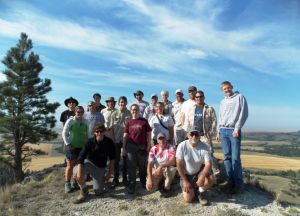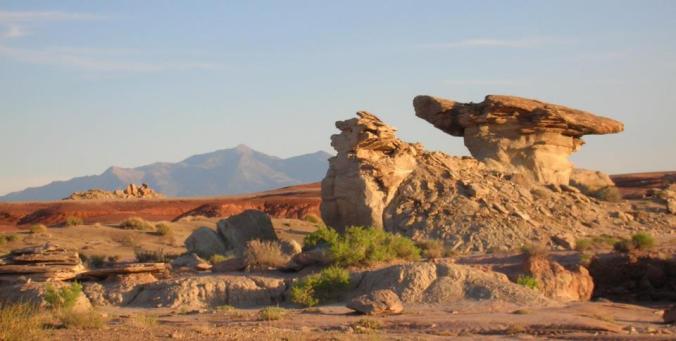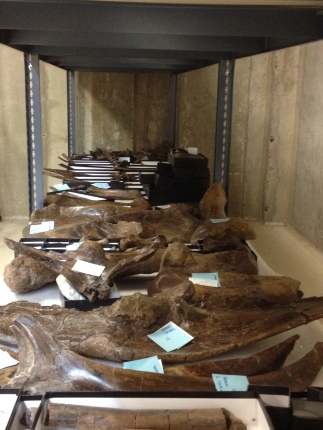Who wants to come dig up dinosaurs with us this summer?! Seriously, who wants to sign up?
After a little deliberation, we are set to move forward with finding some awesome expedition crew members for this summer’s dinosaur digs in both Utah and Montana.
Our expeditions work a little differently than traditional geology or paleontology field camps. Our field crew members range in age from high school students to retirees, and they bring with them a diverse range of life experiences and skills to the team. The one thing that they all have in common: they all have a passion to dig up dinosaur bones. And, instead of tent-camping for weeks on end all of our expedition crew members have the opportunity to come back from the field each night, get a hot shower and sleep in a bed. (However, if you really enjoy tent-camping that can be arranged for you too!) Our crew members can also vary their length of time that they are in the field. The Jurassic Journey program in Hanksville, Utah allows members to stay any length of time between three days and two weeks. In the Highway to Hell Creek program in Ekalaka, Montana the minimum stay is one week and the maximum stay is two weeks.
We are incredibly lucky to have two highly successful field programs that are productive year, after year, after year. We have been going to Ekalaka, Montana and staying at Camp Needmore for a decade. Camp Needmore serves as a great base camp with plenty of space for even our largest field crews. From camp we head out each morning to the beautiful Montana badlands to dig for dinosaurs in the Hell Creek formation. The Hell Creek formation is one of the classic Late Cretaceous formations, and has yielded Tyrannosaurus rex, Triceratops sp., Edmontosaurus sp., Dromaeosaurus sp., Thescelosaurus, and Pachycephalosaurus dinosaur fossils as well as an astonishing number of microvertebrate fossils from fish, mammals, salamanders, frogs, and turtles. Our Highway to Hell Creek program is the same program that allowed us to find and bring home “Jane” the juvenile T. rex and “Homer” the juvenile Triceratops. Recently we have been working on an important site, affectionately called the Ninja Turtle site, where multiple fossil turtles have been uncovered, as well as sites containing a large Triceratops specimen and an Edmontosaurus specimen.
We have been digging in Hanksville, Utah since 2008 – it is a truly amazing site. The locality is found in the Morrison Formation and is Middle Jurassic in age. Once a braided river system, the sauropod-dominated site is a log-jam of bones. In true Burpee fashion, the fossils are smaller than expected and may represent a collection of juvenile sauropods. Here we have uncovered a substantial portion of a juvenile Diplodocus nicknamed “Jimmy” as well as fossils from Apatosaurus, Camarasaurus, and Barosaurus. In addition to the sauropod fossils uncovered, we have fossils from Ceratosaurus and Allosaurus specimens as well. The Jurassic Journey expeditions to Hanksville, UT allow for some of the poshest fossil dinosaur dig amenities around. The town of Hanksville is our home-base, many crew members stay in a local hotel, The Whispering Sands, and enjoy breakfast at Blondie’s Cafe each morning before we head out to the field. Most field weeks are wrapped up by an evening adventure up into the Henry Mountains for a crew cook-out and bonfire.
If you are interested in joining us check out the 2013 Expeditions Page or download the Registration Forms.






